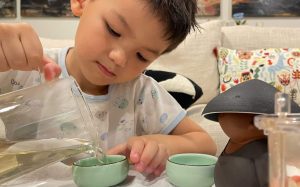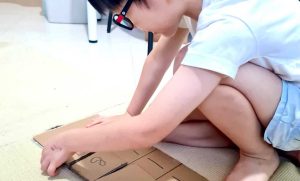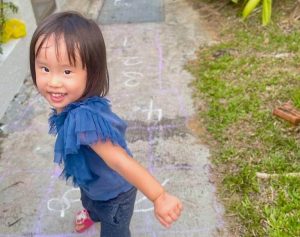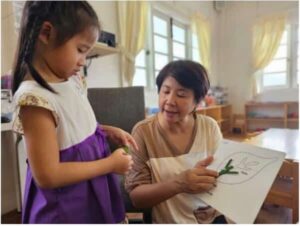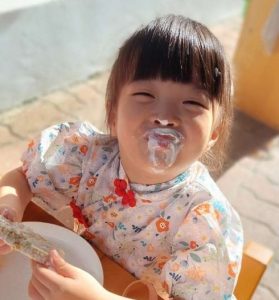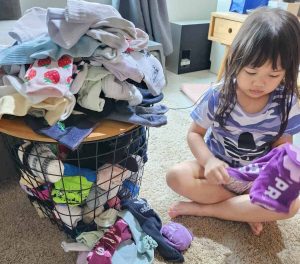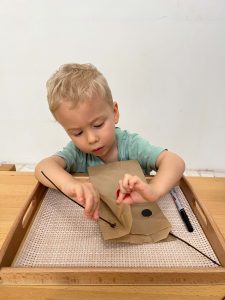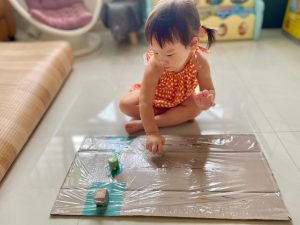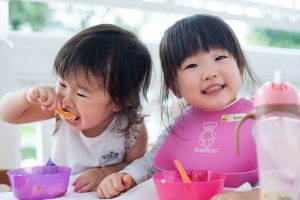
Montessori at Home: Encouraging Healthy Eating and Independence At Breakfast
At House on the Hill, we believe that every child deserves to have access to nutritious food. That’s why we provide our preschoolers with healthy meals and snacks every day. A balanced diet also plays a vital role in a child’s physical development. Preschoolers are growing rapidly, and they need a variety of nutrients to support their growth and development. It’s so important to introduce children to healthy foods at an early age so they can develop lifelong healthy eating habits. Making meals fun and engaging for children, will help them to develop a positive association with healthy food. Children are naturally curious and eager to learn new things. Encouraging independence at home with food is a great way to help children develop essential life skills and foster a positive relationship with food. How can you support your child’s independence at home with food? We know mornings are busy for parents. Here are some tips to help encourage independence at home and supporting your child to help themselves at breakfast time. We’ve also included some yummy recipes. 11 months to 18 months Very young children can participate in breakfast time with simple tasks. It’s important to encourage independence from an early age, and giving children small tasks to do at mealtimes is a great way to do that. Our NIDO children are naturally curious and eager to learn, and they love to feel like they are helping out. Even simple tasks like pouring cereal and milk into a bowl can give them a sense of accomplishment and pride. 18 months to 3 years old Breakfast time is an excellent opportunity for children to develop their fine and gross motor skills. By engaging in activities like peeling boiled eggs, chopping bananas, spreading toast, and assembling yoghurt parfaits, children can enhance their hand-eye coordination, finger dexterity, and overall motor control. The yogurt and fruit bar concept is a fantastic way to promote self-selection and encourage children to explore different flavours and textures. By providing pre-cut fruits and allowing them to customise their parfaits with cereal toppings, you can foster a sense of ownership and encourage healthy eating habits 3 to 6 years old Did you know that mealtimes are incredibly important for social and emotional development and growth? Montessori teaches grace and courtesy as part of the Practical Life curriculum, and there are many lessons that children can learn at breakfast time. Encourage them to set the table, and they can practise carrying dishes, pouring water, and folding napkins as well. Older children can help with simple tasks in the kitchen and there are other skills like sitting patiently, conversing politely, and eating without too big of a mess that can be learnt at the dining table. Here you can see some of our older children in school helping to serve their friends, have their meal together and clean up afterwards. Easy recipes to try at home A healthy breakfast has a balance of carbohydrates, protein and fat. Here are 3 easy recipes for you to try at home with your child. Kopitiam eggs Wobbly soft boiled eggs. Delicious plain or with a little drop of dark soya sauce and white pepper. Eggs are full of nutrition, and don’t forget to make some toast soldiers to dip into all that goodness. We like this recipe from What to Cook Today as older children can very carefully, under adult supervision, lower the eggs in water that has been taken off the boil. Toasts + spreads Deciding what to eat is a great way for a child to learn independence and independent thinking, whilst offering a curated selection of food helps parents to avoid a stress-filled breakfast. We recommend using whole-grain bread and encouraging children to toast it themselves, as well as offering a selection of low sugar, healthy breakfast spreads. Did you know you can make your own nut butter in a blender? Here is a simple almond butter recipe from Amy’s Healthy Baking. Smoothies This is probably House on the Hill’s number one most popular menu offering with the children. There are so many combinations, but the perennial favourite is bananas, strawberries and yogurt! The children love being able to put all the ingredients into the blender, watching it all come together, and then enjoying the fruits of their labour after. We recommend having a conversation with your child beforehand. What fruits do they love? What combinations would they like to try? A great extension to this activity would be to go grocery shopping to buy all the ingredients! Here is a Montessori at Home exercise for making Fruity Smoothies. Encouraging our children to be independent is one of the most important things we can do for them. It helps them to develop a sense of self-worth, confidence, and resilience. It also helps them to learn new skills and to become more capable and independent. There are many ways to encourage independence in children. When we encourage our children to be independent, we are giving them the tools they need to succeed in life. We are helping them to become confident, capable, and independent adults. Helpful resources Here helpful resources from Montessori educators on how to practise Montessori at Home during breakfast time: · Supporting your child with practical skills at home, click here · Jesse McCarthy, founder of Montessori Education and friend and trainer to House on the Hill has written a great article about getting ready in the morning here. · Montessorilife has detailed her set up for breakfast to support independence here.


